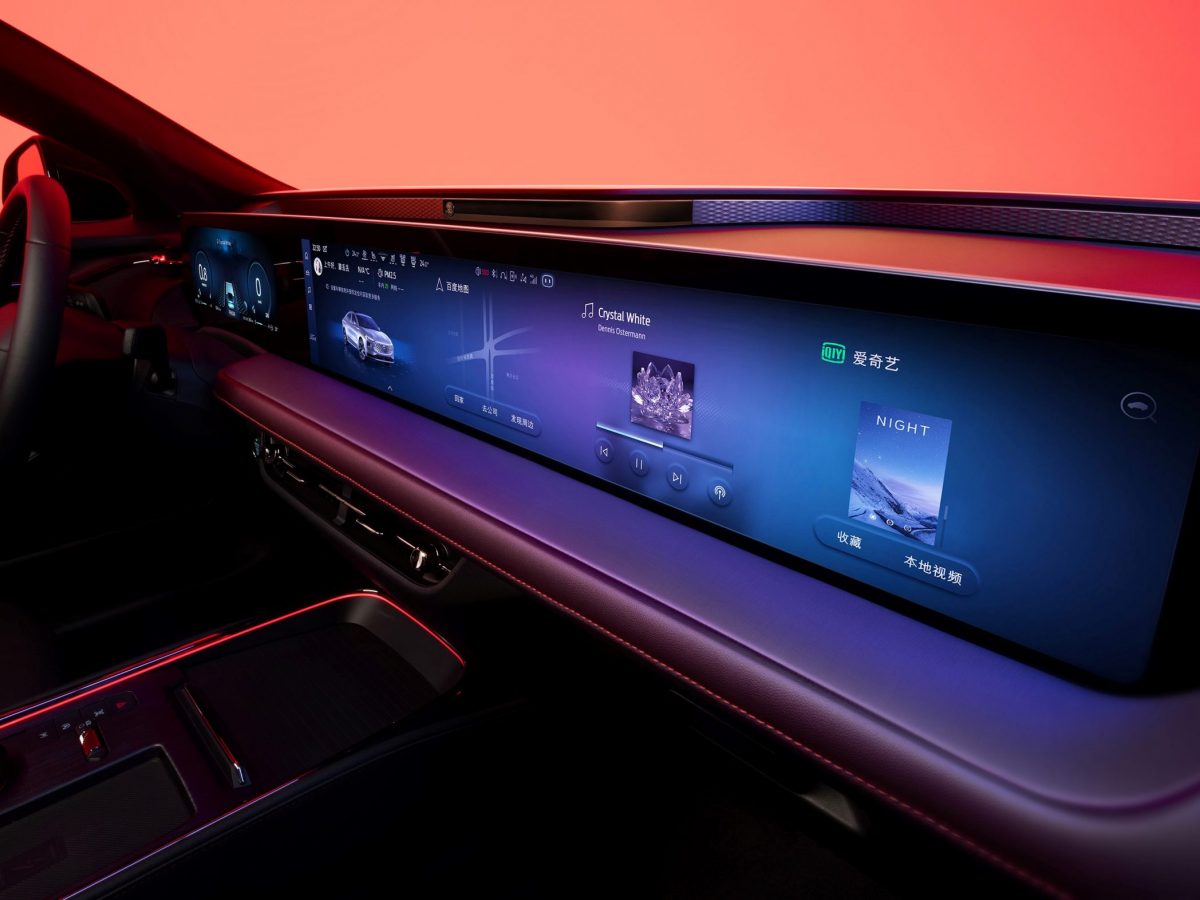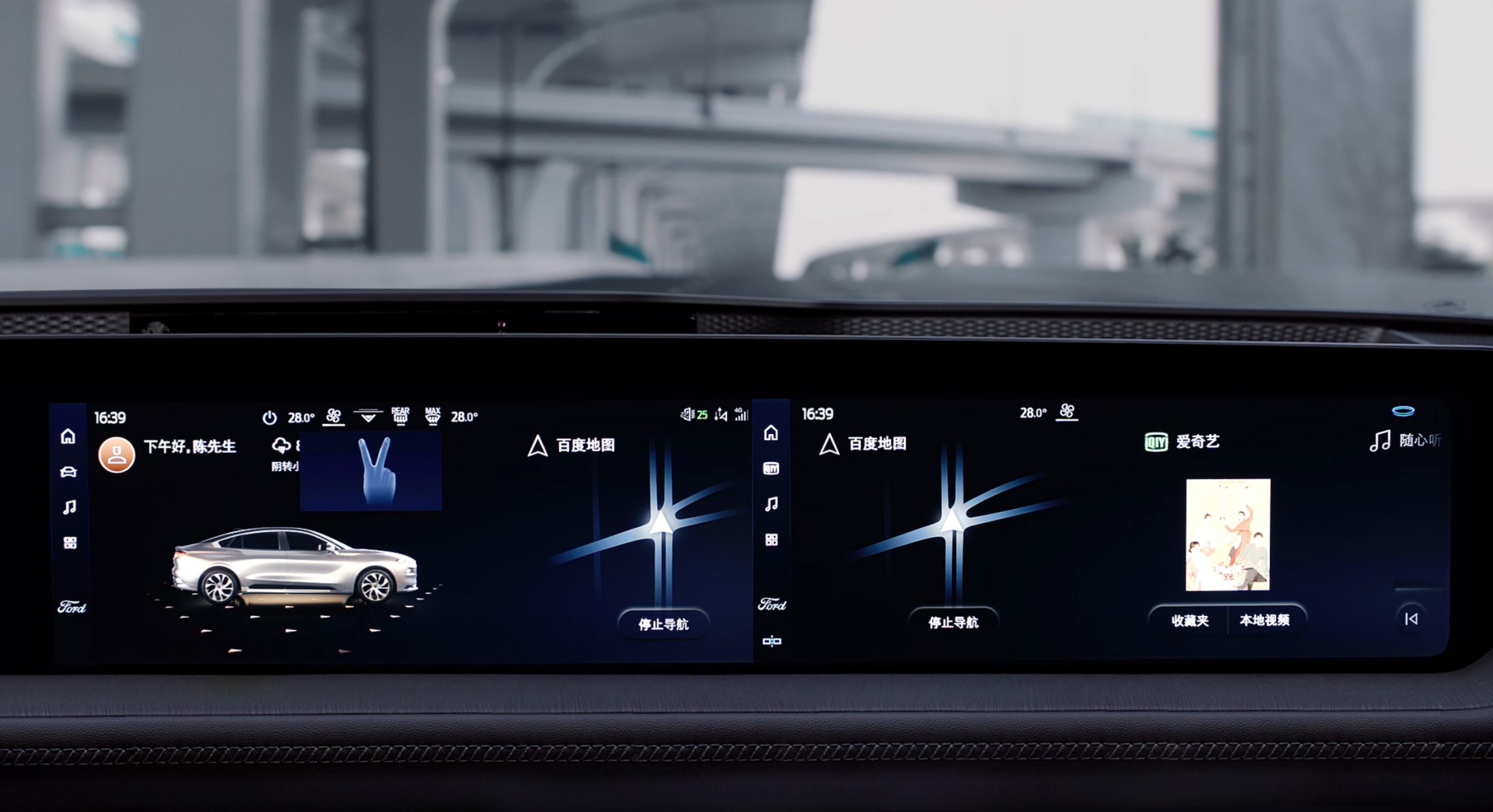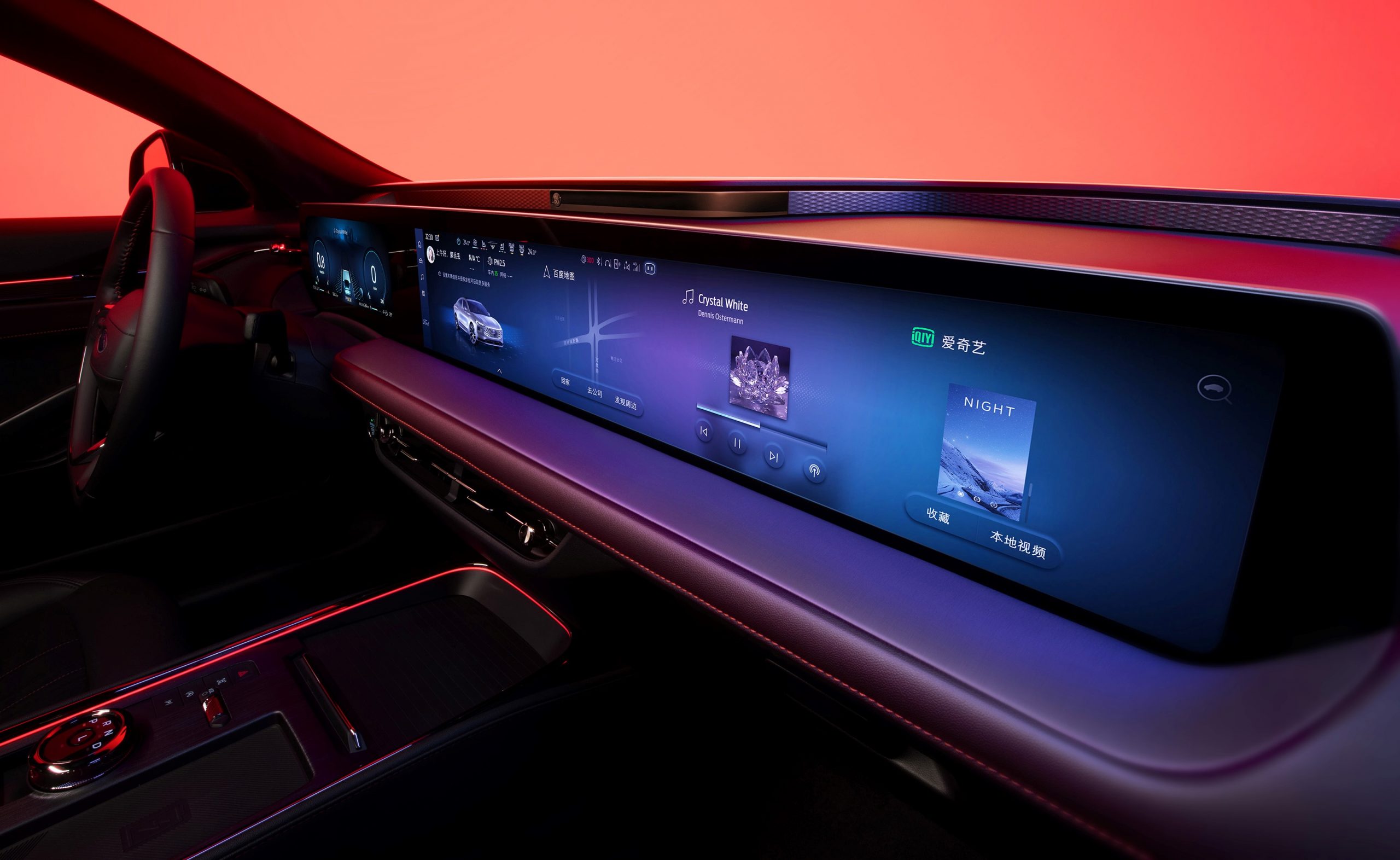Accelerating into the Curve: Ford is Reinventing a More Sustainable Future from Sourcing
to Customer
By Francisco Arechiga
Shockwaves from the pandemic shook virtually every aspect of Ford’s core business and operations wreaking havoc across transportation, supply chains, customer engagement, manufacturing, and energy markets. Rather than hunkering down to wait out the barrage of disruptions, Ford China doubled down on a combination of bold business transformations outlined in their China 2.0 strategy. The AmCham China Quarterly examines how, through a series of global crises, the brand not only set their sights on getting back to business-as-usual but powered forward to hit milestones on their transformation roadmap.

Photo courtesy of Ford China
Ford China has delivered ten million cars to market over their 27 years of operations. Over nearly three decades they built up a sophisticated and sprawling supply chain dependent on materials from over 40 countries. Early into the pandemic the China team and colleagues internationally worked together to develop new risk identification processes to stabilize supply chains and normalize business continuity. The teams closely tracked new outbreaks and government regulations, updating their global outlook daily and communicating business needs to partners and government stakeholders.
Modern global logistics networks had achieved a delicately balanced efficiency, maintaining lean warehousing overhead attractive for corporate balance sheets. These trends pushed supply chain planning towards a “just-in-time” procurement model. Furthermore, these delicately orchestrated supply chains often relied on many geographically dispersed suppliers to provide critical parts and components.
Early into the pandemic Ford China’s procurement team began collaborating with global colleagues to strengthen continuous monitoring of operational status, capacity and risk across their global supply chain. This enhanced capability covered R&D, production, and transportation. To best ensure supply chain continuity, the team expanded monitoring capabilities beyond tier-one suppliers, establishing a daily cadence of communication with secondary component and parts suppliers.
Ford’s China 2.0 strategy provided a strong foundation to operate effectively through the pandemic and make strategic market advances against headwinds. Delivery of a new generation of vehicles like the Ford Mondeo, Lincoln Z, Ford Equator Sport even hit record sales. These hard-won gains came from well-integrated business continuity planning that kept production lines open. Ford China even re-engineered some production processes improving Mustang Mach-E delivery time down to four weeks.
“Today consumers have an expanded expectation of “mobility” and Ford has responded by fundamentally shifting their innovation paradigm to offer greater personalization through an integrated digital experience.”
Staying Connected to the Customer
China has been a leading market for Ford’s electrification, connectivity and digitalization transformation with other international markets learning from the experiences and innovation models in China. Consumers and regulators increasingly demand a shift to greener more connected vehicles but this transformation requires massive investments and sweeping overhauls from carmakers.
Many traditional customer channels were uprooted during the two and a half years of the pandemic, spurring Ford China to upgrade traditional customer channels and “always-on” customer relationship to double down on intended strategic pivots. The social distancing restrictions led Ford to create on-demand virtual experiences that are flexibly embedded in customer’s lives. Some innovations include online showrooms, live streaming, and in-app scheduling and purchasing. The customer service team also looked to create ways to build and maintain customer trust remotely, including human support lines and home pick-up and delivery.
Ford China invested in direct customer engagement channels to strengthen battery electric vehicle (BEV) costumer communication and feedback, shifting from the “4S model” of full service dealerships introduced to China in the 2,000s. To accelerate the electrification of the brand, Ford China adopted an innovative direct sales model to serve their BEV customers directly, opening 25 direct sales stores in 22 cities. Its community on Mini APP has expanded to 400,000 fans with Ford hosting over 200 community events.
Ford is rethinking how our cars can functionally evolve into a “smart cockpit” between home and the workplace. In the past, Ford benchmarked passenger in-cabin innovation as incremental improvements on existing features and hardware. Today consumers have an expanded expectation of “mobility” and Ford has responded by fundamentally shifting their innovation paradigm to offer greater personalization through an integrated digital experience.
Ford’s driving experience has been enhanced through open digital platforms, multi-module hardware and software interactions, and cutting-edge digital tools—turning time on the road into an extension of lifestyle. For example, the interactive touchscreen in the Ford EVOS and Mondeo spans nearly the full width of the cabin, allowing passengers to split on-screen content for different users, sync phone content, and issue voice commands in over 80 languages with onboard AI that learns individual preferences.
Building new ways for owners to seamlessly connect info and services between their vehicles and multiple devices is a priority for Ford China. They also want to ensure users find the technology enjoyable and intuitive. When Ford China introduced new features through their SYNC®+ 2.0 infotainment system, they split beta users into demographic segments and compared how many tasks they could complete through the app within a given timeframe. Like the leap from mobile to smart phones, Ford China envisions vehicles as the next indispensable platform in our digital connected lifestyle.

Photo courtesy of Ford China
Doubling Down on an Electric Future
Scaling up the transition to electric vehicles is the biggest transformation on the horizon for automakers. Ford plans to invest US $50 billion between 2022 to 2026 to gain competitive grounding in the grid-connected electric vehicles (EVs). These funds will go toward battery development and accelerating the market transition to electrification with the goal producing two million EVs a year by 2026. By 2030, Ford aims for EVs to comprise 50% of global sales, and 100% of sales for luxury brand Lincoln.
Range anxiety remains one of the largest barriers for consumers to make the switch. In China, Ford forged extensive partnerships to offer charging within a Three-kilometer radius in key cities. Ford owners can access a massive domestic network of 550,000 public charging stations (including 345,000 fast-charging stations) in 350 cities.
In May of 2022 Ford joined the World Economic Forum’s First Mover Coalition. As part of a total sustainability commitment, in addition to EVs Ford is investing in greener steel and aluminum is another pillar for mitigating their supply chain’s negative environmental impact. In terms of factory operations, Ford China made several energy-efficient overhauls in their plants saving over one million kilowatt hours per year while modernizing processes for increased productivity. At the Changan Ford facility in Hangzhou a second wave of solar installations now generates 25% of the factory’s energy needs, reducing 10,000 tons of CO2 emissions annually. A massive 6 million kilowatt solar installation underway at a facility for Ford China’s joint venture with JMC has is expected to save an additional 50,000 tons of CO2 emissions each year.
Ford famously pioneered the moving assembly line production method that not only reshaped the future of manufacturing but transformed human societies by making automobiles widely available. Ford since consolidated a vast market position, comfortably becoming one of the largest carmakers in the world. With the industry facing mounting external pressures and inevitable disruption from electrification, Ford has again shifted into an ambitious mode of reinvention. Ford is responding by rolling out diversified new product lines and strengthening iconic brands, while steadily advancing a deeper transformation toward new customer-centric digital experiences and a more sustainable electric future.

This article is from the AmCham China Quarterly Magazine (Issue 3, 2022). To access the entire publication for free, sign up on our member portal here.

